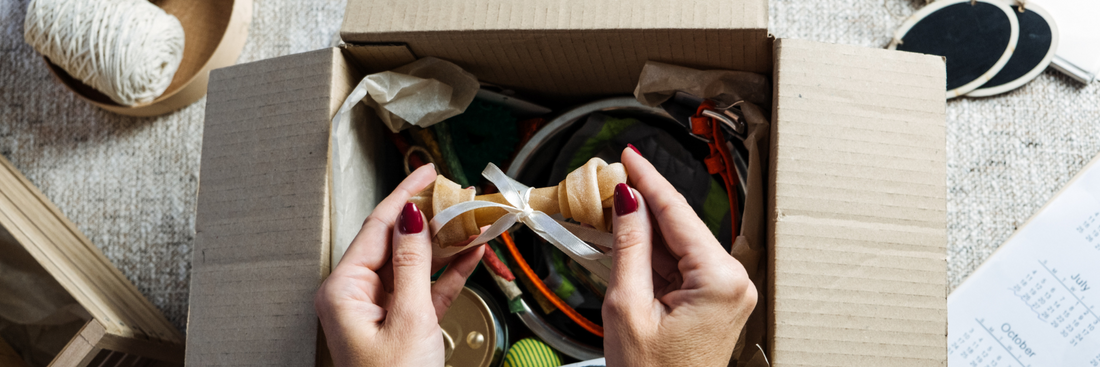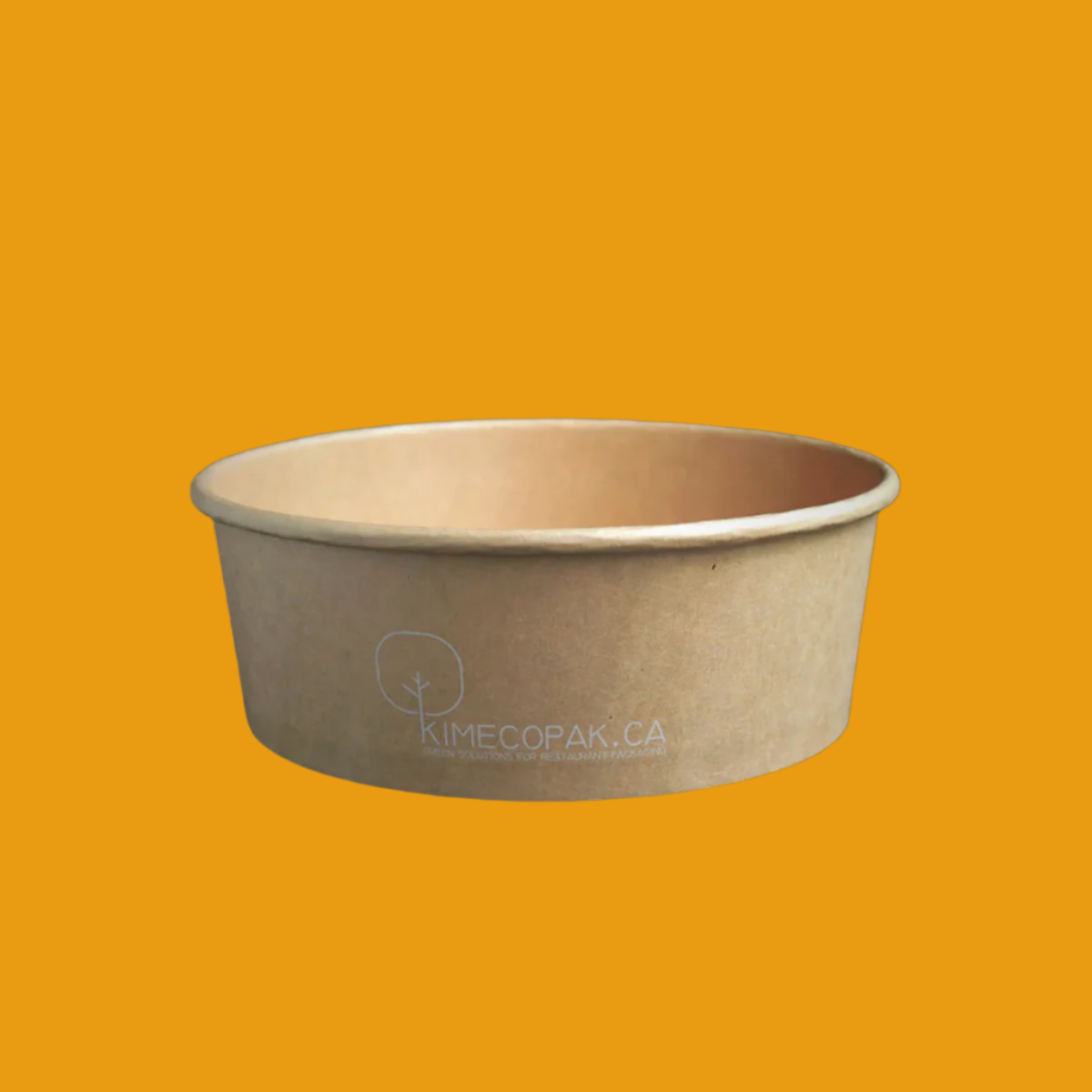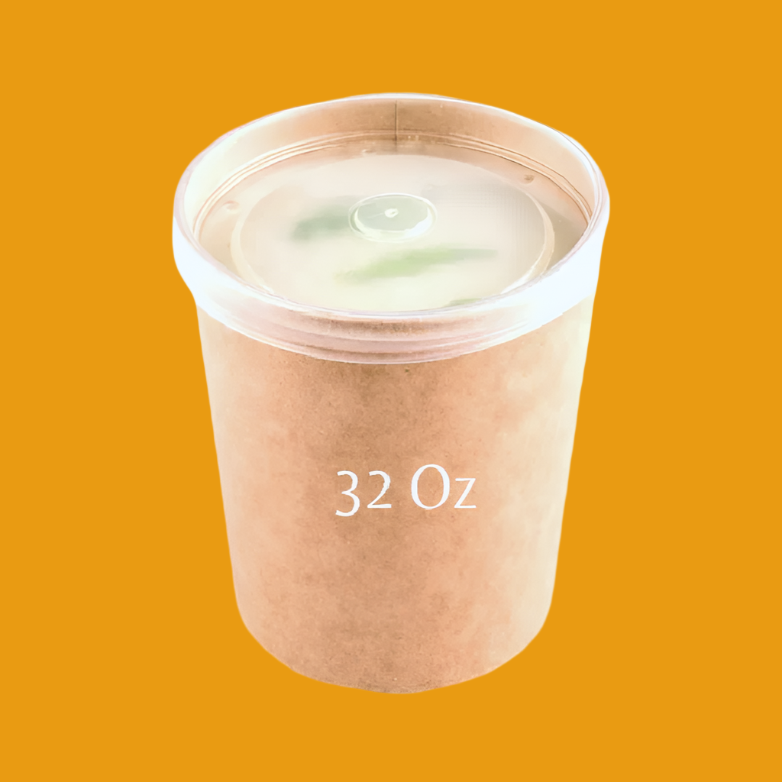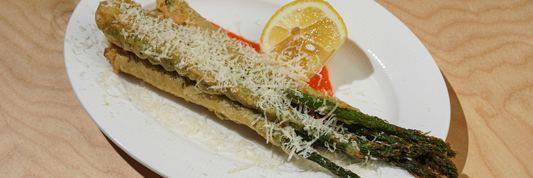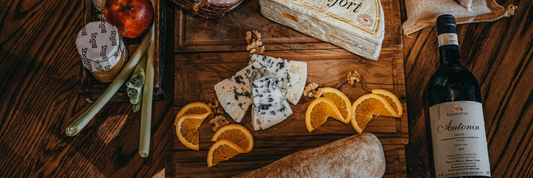The subscription box model has become a transformative trend in the food and beverage (F&B) industry reshaping how businesses engage with customers and deliver value. From curated meal kits to ready-to-eat gourmet selections, subscription boxes offer a powerful combination of convenience, personalization, and recurring revenue. For restaurateurs and F&B entrepreneurs, adopting a subscription box strategy can unlock new growth channels, increase brand loyalty, and foster long-term relationships with customers.
-
Grow Your Poke and Salad Shop with Fresh & Convenient Subscription Boxes?
-
Types of Recycled Pizza Box That You Should Know
Understanding the Subscription Box Model in the F&B Industry

Subscription boxes have emerged as a popular business model in the food and beverage (F&B) industry. A subscription box typically involves customers paying a recurring fee to receive products or services delivered to their home on a regular basis. These can include meal kits, gourmet snacks, wines, and even beverages.
Definition and benefits of subscription boxes
Subscription boxes offer numerous benefits for both consumers and businesses. For customers, they provide convenience and variety, enabling them to explore new foods and culinary experiences without stepping out of their homes. For businesses, subscription boxes can create steady cash flow and increase customer loyalty.
Benefits for businesses include:
- Reliable revenue stream through predictable subscription payments.
- The opportunity to engage customers over a longer period, building relationships.
- Enhanced customer data collection which can inform marketing strategies and product offerings.
How subscription models can provide steady revenue and customer loyalty for restaurants
By adopting a subscription model, restaurants can transform occasional diners into regular patrons. This consistency allows restaurants to forecast demand more accurately and manage inventory effectively. Furthermore, loyal subscribers may advocate for the brand, driving word-of-mouth marketing and expanding the customer base without additional costs.
Types of Subscription Box Business for the Food & Beverage Sector

The variety of subscription box types in the F&B sector allows businesses to cater to diverse consumer preferences. Understanding these options is crucial for targeting the right audience effectively.
Meal kits vs. ready-to-eat options
- Meal kits provide ingredients and recipes for customers to cook at home. This option appeals to consumers who appreciate cooking but may lack time or inspiration.
- Ready-to-eat options deliver fully prepared meals that only require reheating, targeting busy individuals or families seeking convenience.
Single product vs. curated variety boxes
- Single product subscriptions focus on delivering one type of item, such as a specific type of beverage or snack.
- Curated variety boxes offer a selection of items, allowing customers to sample a range of products and increase discoverability.
Weekly, monthly, and seasonal plans
- Weekly plans typically involve a more rapid rotation of items, appealing to those who prefer varying meals.
- Monthly subscriptions provide a stable routine, encouraging customers to look forward to their delivery.
- Seasonal plans can attract customers interested in limited-time offerings, promoting exclusivity and urgency.
How to choose the right type based on your target audience
When selecting a subscription box model, consider the lifestyle and preferences of your target demographic:
- Families may lean towards meal kits or ready-to-eat options for convenience.
- Health enthusiasts might favor curated boxes featuring organic or specialty products.
Utilizing customer feedback and demographic insights can further refine your offerings.
Successful Examples of Subscription Boxes in Restaurants

Several restaurants have effectively implemented subscription box models, demonstrating their potential to engage customers and drive revenue.
Taco Bell's Taco Lover’s Pass
Taco Bell introduced a subscription service allowing customers to enjoy a taco per day for a monthly fee. This innovative model not only drives foot traffic to stores but also enhances brand loyalty, encouraging consumers to make Taco Bell a habitual dining choice.
SheWolf's Pasta Subscription
SheWolf offers a pasta subscription service that delivers fresh pasta directly to customers. Their focus on quality ingredients and preparation methods resonates with culinary enthusiasts, elevating the home dining experience while simplifying meal preparation.
Panera's Coffee Subscription
Panera's coffee subscription allows customers to enjoy unlimited coffee for a monthly fee. This model encourages regular visits to their cafes and fosters customer loyalty, as subscribers often purchase additional items during their visits.
Steps to Launch a Food Subscription Box for Your Restaurant

Launching a food subscription box requires careful planning and execution. Here are essential steps to consider:
Identifying your niche and target audience
Begin by analyzing your existing customer base and market trends. Focus on determining what products or meals will serve your target audience's needs and preferences.
Curating products or meals for the box
Select items based on quality and appeal. Consider creating themed boxes or varying options to maintain interest. Collaborating with local producers can also enhance the uniqueness of your offerings.
Setting pricing and delivery schedules
Research competitor pricing and factor in cost projections for ingredients and shipping. Establish a delivery schedule that aligns with customer preferences, whether weekly, monthly, or specific seasonal offerings.
Importance of Eco-Friendly Packaging in Subscription Boxes
Sustainability is becoming increasingly important in today’s consumer market, and the packaging of subscription boxes plays a crucial role in this shift. Eco-friendly packaging not only benefits the environment but also serves as a significant selling point for brands.
Benefits of using sustainable packaging
Using sustainable packaging can reduce a company’s carbon footprint and appeal to environmentally-conscious consumers. Benefits include:
- Reduction of Waste: Traditional packaging materials often end up in landfills, whereas sustainable options like biodegradable or recyclable materials significantly lower waste production.
- Cost Savings: While some eco-friendly materials may have higher upfront costs, they often lead to savings in disposal fees and can attract more customers willing to pay for sustainable practices.
- Brand Loyalty: Consumers today prioritize brands that reflect their values. Offering eco-friendly packaging can foster loyalty and attract new customers who are committed to environmental issues.
Examples of eco-friendly materials
Several materials have emerged as green alternatives in the packaging space:
- Kraft Paper: Made from recycled paper, it is both recyclable and biodegradable, making it a popular choice for boxes and inserts.
- Cornstarch Packaging: A compostable material often used as protective cushioning in boxes, providing an eco-friendly alternative to Styrofoam.
- Recycled Cardboard: Utilizing cardboard made from recycled materials helps reduce deforestation and energy consumption during production.
How packaging impacts customer perception
The packaging of a subscription box serves as the first point of interaction between the brand and the customer. Well-designed, eco-friendly packaging can create a positive impression. Studies indicate that:
- Visual Appeal: Attractive packaging leads to a positive unboxing experience, which customers often share on social media, further promoting the brand.
- Quality Association: Eco-friendly packaging is frequently associated with higher quality and integrity, encouraging customers to perceive the product as more valuable.
- Brand Storytelling: Packaging can convey a brand's commitment to sustainability, fostering a deeper emotional connection with customers.
Marketing Strategies for Your Subscription Box

Effective marketing is essential to attract and retain subscribers in a competitive market.
Social media, email marketing, and influencer partnerships
Leveraging different marketing channels can expand the reach of your subscription box:
- Social Media: Platforms like Instagram and TikTok are great for showcasing unboxing experiences and customer testimonials. Use visually appealing posts and stories to build a community.
- Email Marketing: Send targeted emails to inform subscribers about new products, discounts, and updates. Personalized emails can encourage customer retention.
- Influencer Partnerships: Collaborating with influencers who align with your brand values can provide credibility and attract their followers to your subscription service.
Promotions and referral incentives
Offering promotions and incentives can drive subscriptions and increase customer engagement:
- Discounted Trials: A discounted first box encourages potential customers to try the service without a significant financial commitment.
- Referral Programs: Implementing a referral program where customers earn rewards for bringing in new subscribers can help grow your customer base organically.
Challenges and Solutions in Managing Subscription Boxes

While the subscription box model presents excellent opportunities, it comes with its own set of challenges.
Inventory control, quality consistency, customer feedback
Managing inventory effectively is crucial for subscription box businesses:
- Inventory Control: Having the right amount of stock is essential to meet demand without overstocking items. Implementing inventory management systems can streamline this process.
- Quality Consistency: Maintaining high product quality is vital; consistent quality fosters trust and repeat business. Regularly collecting feedback can help identify areas for improvement.
- Customer Feedback: Engaging with customers through surveys or direct communication helps gather insights that can be used to enhance the subscription experience.
Tools for automating subscriptions
Automation can alleviate some management burdens associated with subscription services:
- Subscription Management Software: Platforms like Cratejoy or ReCharge can help streamline billing, inventory tracking, and customer management.
- Analytics Tools: Utilizing analytics can help understand customer behavior and optimize marketing strategies accordingly.
Conclusion
The subscription box model offers numerous advantages, including recurring revenue and direct customer relationships. As businesses embrace sustainable practices, it is vital to incorporate eco-friendly packaging into their strategy.
By prioritizing sustainability and adapting effective marketing strategies, businesses can ensure that their subscription boxes thrive while making a positive impact on the planet.

